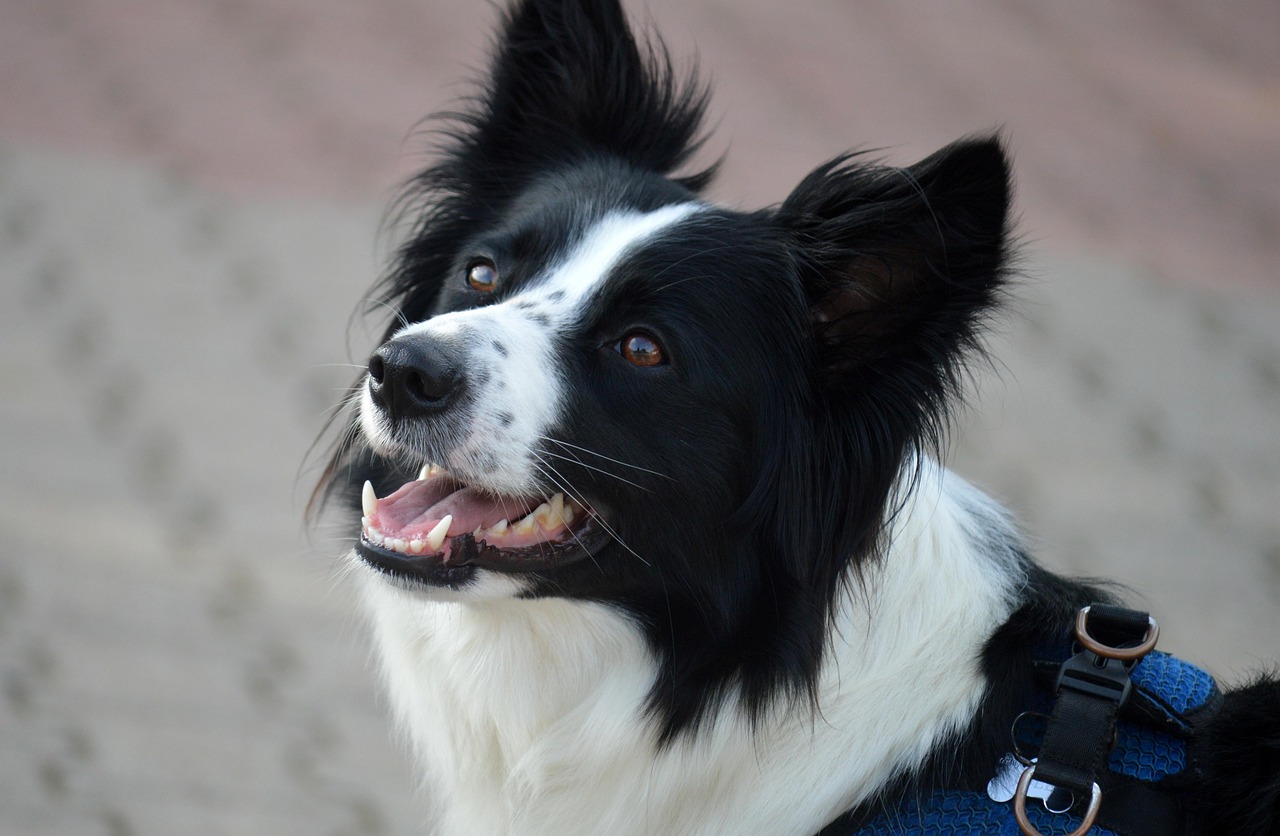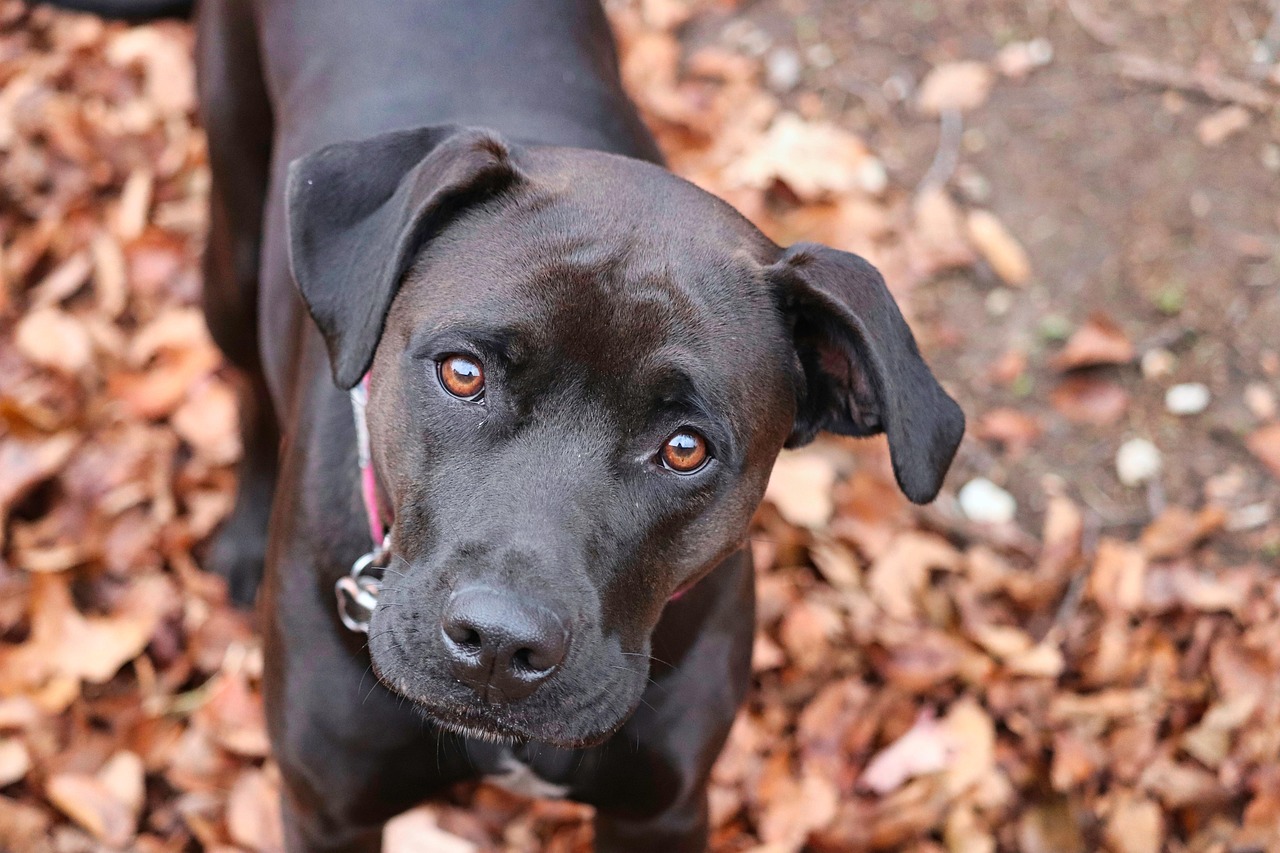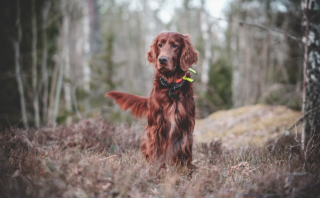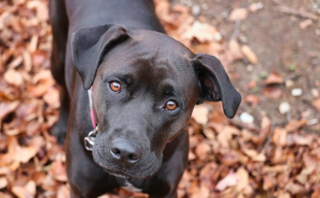Kid-Friendly Guide: Mastering Basic Dog Training Skills
Offering children the opportunity to learn about dog training is a powerful tool for teaching them valuable life skills. As an immersive educational experience, dog training combines elements of responsibility, kindness, and understanding to foster a positive interaction between children and their pets.
Importance of Dog Training for Kids
Effective dog training not only creates well-behaved pets but also educates children on how to interact respectfully with animals. It helps kids realize the responsibility of pet ownership, contributing to the development of empathy, patience, and care for others.
Through dog training, children can learn about communication and leadership. They understand that dogs, like people, have feelings and respond to our actions accordingly. This knowledge can cultivate a sense of responsibility and compassion in kids, essential for fostering care and respect for all living creatures

Overview of Dog Training Basics
Before children begin training dogs, it’s very important to explain the basics. For instance, explain that dogs do not understand words, but react to the tone and consistency of the voice. Encouraging rewards based approach over punishment will also lead to positive outcomes

It’s also crucial that kids learn to be patient with their pets, understanding that mistakes may happen during training. Consistency in training techniques and commands is crucial for dogs to understand what is expected of them.
Teach Basic Commands
Teaching basic commands such as “sit,” “stay,” “come,” and “leave it” can be a great starting point for kids. They’ll learn the importance of clear, concise communication and see firsthand how their consistent efforts can bring about desired behaviors in their pets

Encourage Respect and Understanding
Children should be taught that dogs are not toys and should be treated with respect and care. Dogs have their limits too and teaching children to understand canine body language can prevent mishaps and enhance the bond between them.
Dealing with Bad Behaviours
Correcting bad behaviour should also be a part of dog training for kids. Kids should learn the correct ways to react when a dog misbehaves. For instance, if a dog jumps up, the child should turn their back to disengage. Effective, non-violent solutions can then be reinforced over time

FAQ
Q1: At what age can a child start to train a dog?
Ideally, kids 5 years and above can participate in dog training, as they can understand and follow instructions well.
Q2: What should my child do if the dog does not listen?
The key to good training is patience and consistency. Encourage your child to persist and continue giving the command without getting frustrated. If necessary, involve a professional dog trainer for advice.
Q3: How long should the training sessions be?
Training sessions for kids should be short and sweet, typically 5-10 minutes for younger children and 15-20 minutes for older ones. The focus should be on making it a fun experience for both the child and the dog

Q4: Are certain breeds easier to train?
While some dogs may be more receptive to training, the breed is not the sole determinant. The right approach and mutual respect can make training successful irrespective of the breed.
Q5: Should we use treats for training?
Using treats as rewards can certainly help, though the reward doesn’t always have to be food. A favorite toy or enthusiastic praise can work just as well

Conclusion
Introducing children to dog training is a worthwhile educational experience. It not only teaches them about responsible pet ownership, but also inculcates skills such as leadership, patience, and empathy that will stay with them throughout their lives. With adequate adult supervision and by using an approach based on mutual respect and understanding, children and dogs can enjoy a harmonious, loving relationship.
Incorporating the aforementioned strategies and bearing in mind the answers to the FAQs, children can have a safe and rewarding experience in dog training.



